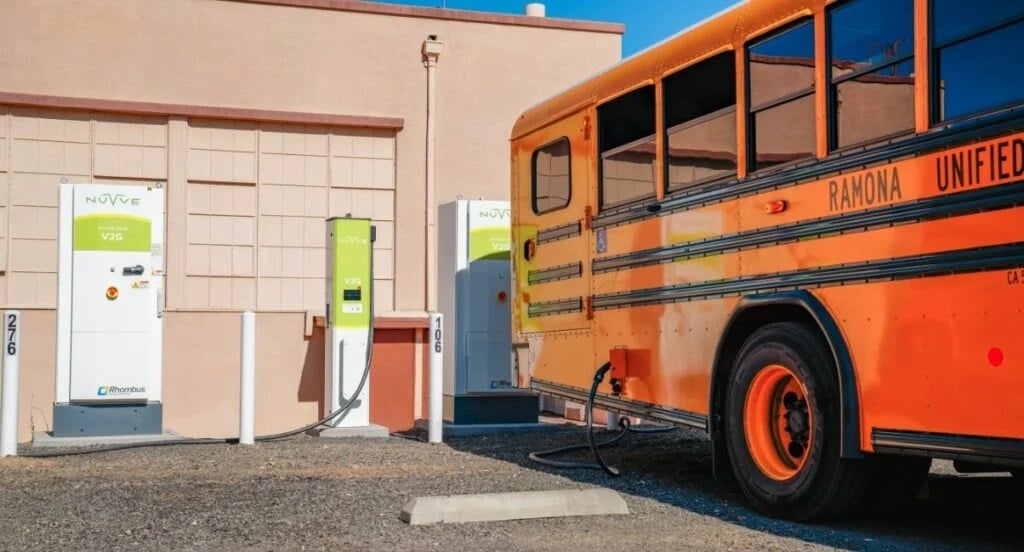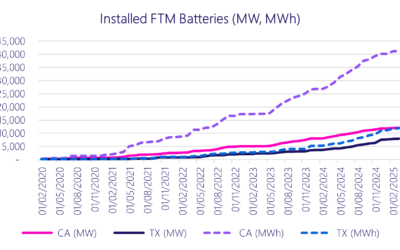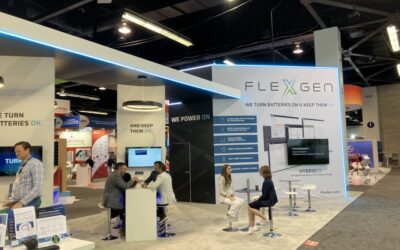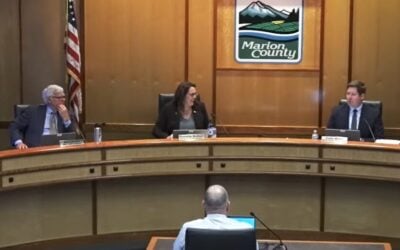
A US-focused edition of news in brief from around the world in energy storage, with large-scale BESS, vehicle-to-grid and optimisation updates.
New York Power Authority approves BESS projects in strategic plan
The Board of Trustees at the New York Power Authority (NYPA) has approved a 3GW clean energy plan, including 200MW of grid-scale battery storage.
Enjoy 12 months of exclusive analysis
- Regular insight and analysis of the industry’s biggest developments
- In-depth interviews with the industry’s leading figures
- Annual digital subscription to the PV Tech Power journal
- Discounts on Solar Media’s portfolio of events, in-person and virtual
The largest public power utility in the US state, NYPA issued its Renewables Strategic Plan in draft form in October 2024. It will be updated annually in line with state clean energy target progress, and the first edition, which the Board has just approved, features 37 different renewable and storage projects.
The vast majority, 2.8GW, or 30 projects, are solar PV plants of varying sizes, as our colleagues at PV Tech recently reported.
However, also included are 10 battery energy storage system (BESS) projects, ranging in size from 4MWac grid connection capacity for the smallest, to 140MWac for the largest. NYPA will co-develop the projects with developers including YSG Solar and Oriden.
Projects are spread out and ‘in every region of the State,’ NYPA said in its plan but noted that as contract negotiations move forward, the utility expects there to be ‘some level of attrition from this inaugural tranche of projects.’
New York’s Climate Leadership and Community Protection Act (CLCPA) legislation commits the state to 100% zero-emission electricity by 2040 and 85% reduction of emissions below 1990 levels by 2050. In the interim, the state is also targeting 6GW of energy storage deployments at all scales by 2030, which the selected BESS projects will also contribute toward.
NYPA’s Renewable Energy Strategic Plan can be viewed here (PDF).
BESS optimiser Tyba raises US$13.9 million in Series A
Climate software investor Energize Capital has led a Series A funding round in energy storage optimisation platform company Tyba.
Announced yesterday (6 February), Tyba has raised US$13.9 million through the Series A round, bringing the optimiser’s total funding raised to date to US$18.15 million.
Startup Tyba claims to be already supporting the operations of more than 1GWh of assets in the US’s two leading energy storage markets by state, Texas and California. The company has an AI-driven energy forecasting, trading and optimisation solution and works with customers that include TotalEnergies.
For the Series A, Tyba attracted three new investors, with four follow-on investors participating.
“For the companies building and operating battery storage facilities, figuring out how to maximise the value of their assets and maintain a competitive edge remains a constant challenge,” Tyba CEO and co-founder Michael Baker said, describing the company’s platform as “the autopilot system for batteries.”
“Our platform forecasts opportunities, executes automated dispatch and bidding strategies, and provides the visibility and control needed for traders and asset managers to manage their facilities profitably and at scale,” Baker said.
While the US energy storage market has grown significantly in size over the past few years, most optimisation of assets is thought to be done in-house by BESS owners and their project partners.
Third-party optimisation by so-called ‘route-to-market’ providers such as Tyba is much more commonly seen in overseas markets such as the UK, Australia and increasingly, mainland European countries including Germany.
ComEd launches electric school bus V2G pilot programme
Utility ComEd has begun a vehicle-to-grid (V2G) pilot programme in northern Illinois, with technology provider Nuvve and integrated energy solutions company Resource Innovations.
Announced by the three companies on Wednesday (5 February), the pilot will see the utility explore the potential of bidirectional charging of electric school buses across the area.
The programme is set to run until the end of this year, assessing the impacts of V2G technology from environmental, societal and grid perspectives.
By aggregating the energy stored in the buses’ batteries, they could become energy assets that assist ComEd in stabilising its grid and reducing energy costs. The pilot will be rolled out in three Illinois school districts which are already customers of Nuvve, which specialises in V2G solutions.
Fleet vehicles such as school buses could be a useful resource for V2G programmes, as they typically have very predictable and established use patterns and spend significant amounts of time idle and not going anywhere. They also use much larger battery packs than consumer automotives.
Nuvve already has similar programmes in place, with CEO Gregory Poilasne commenting in 2022 that electric school buses (ESBs) “are a perfect use-case for vehicle-to-grid (V2G) technology, especially in those markets where energy costs have shown significant volatility.”
Later that year, Nuvve provided its DC fast chargers and GIVe V2G energy aggregation platform for a programme with Ramona Unified School District in San Diego, California and bus manufacturer Bluebird. Eight buses were qualified to earn revenues through contributing to utility San Diego Gas & Electric’s Emergency Load Relief Program demand-side response scheme.
California-40MW of EV chargers and battery storage capacity in the Nordic frequency regulation market signed in 2023, and participation in Taiwan’s first bidirectional EV charging hub, which began last year. headquartered Nuvve has also formed partnerships in Asia and Europe, with a deal to manage






